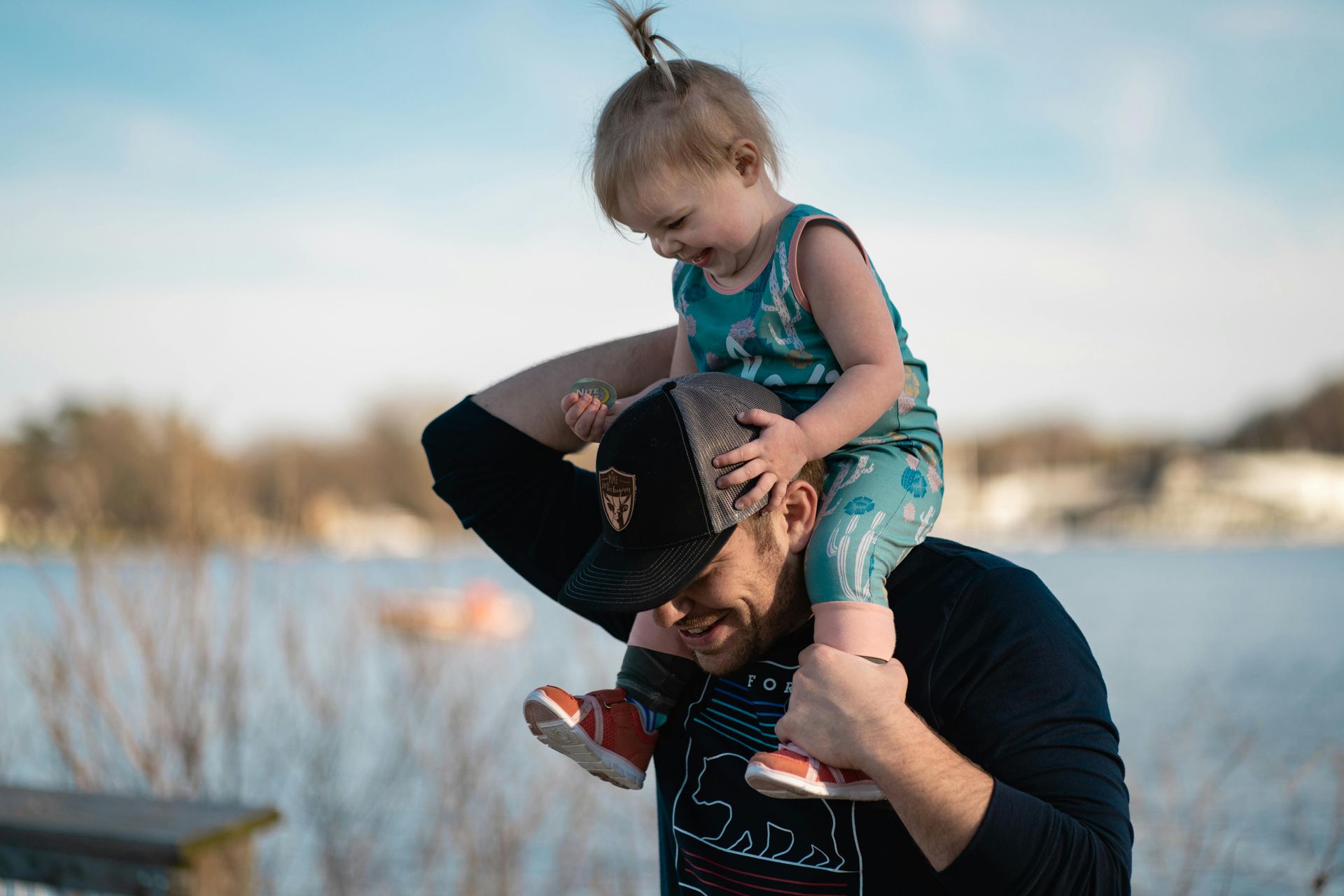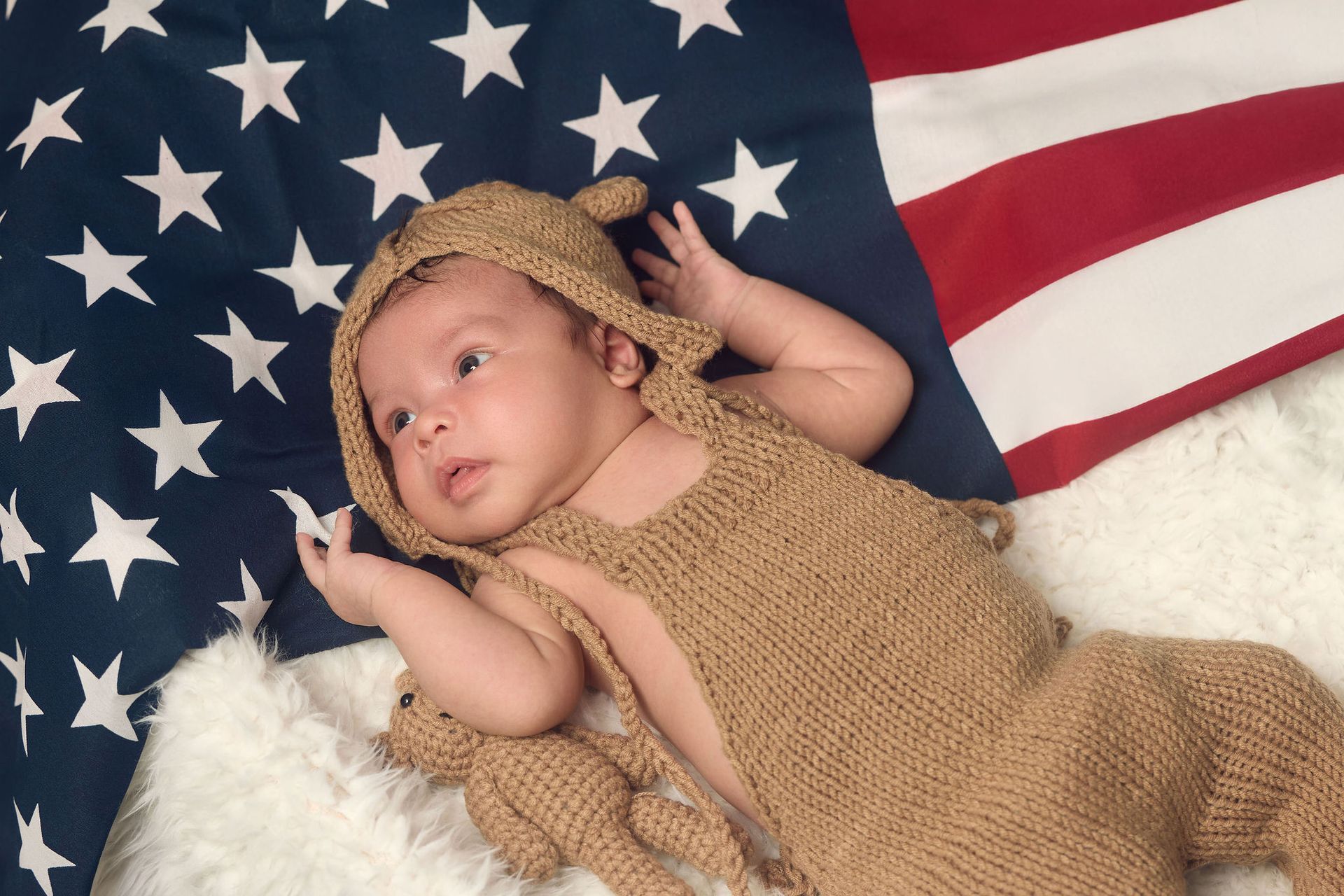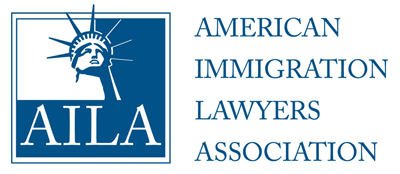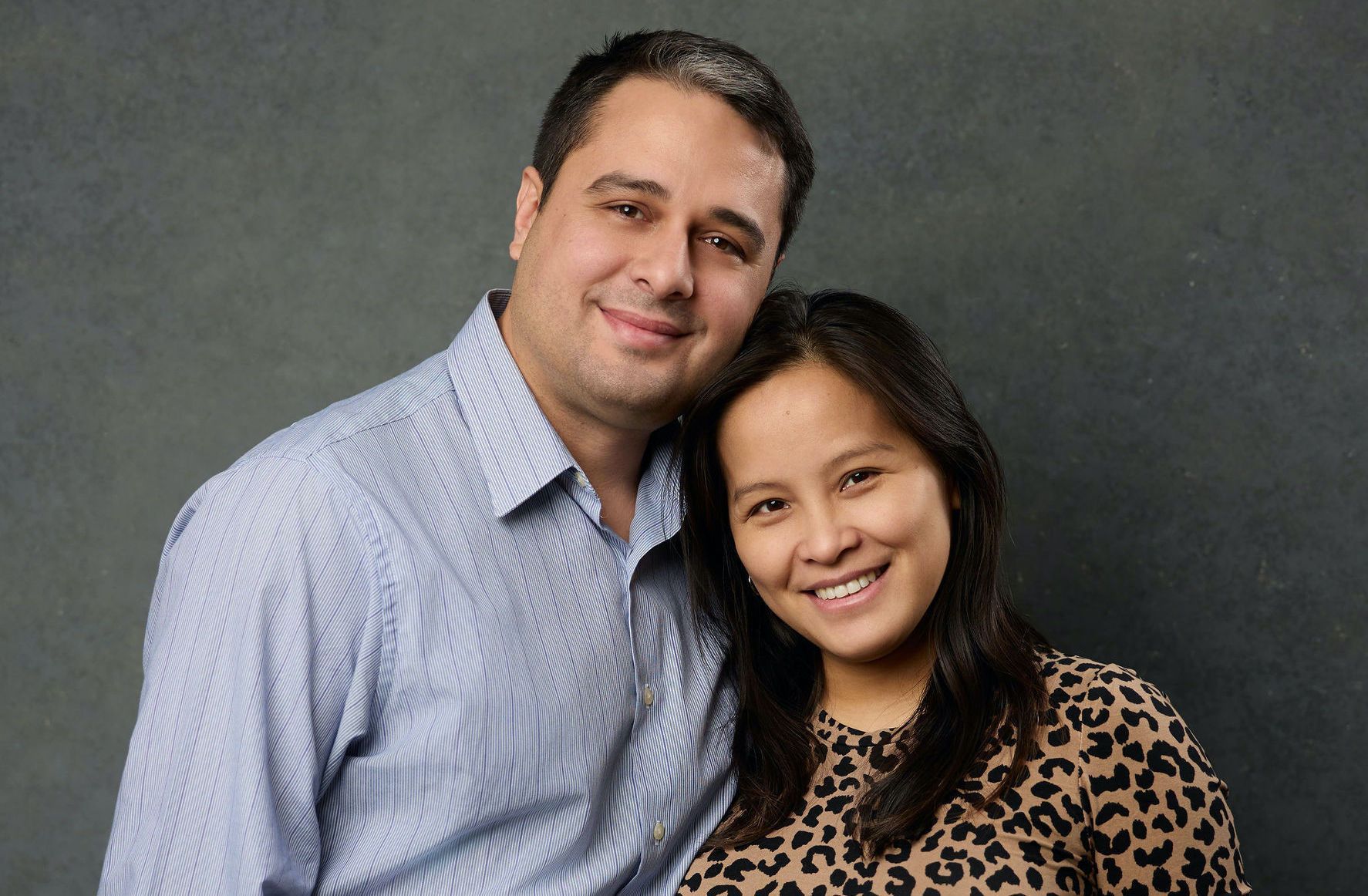Indian Arranged Marriage and US Immigration
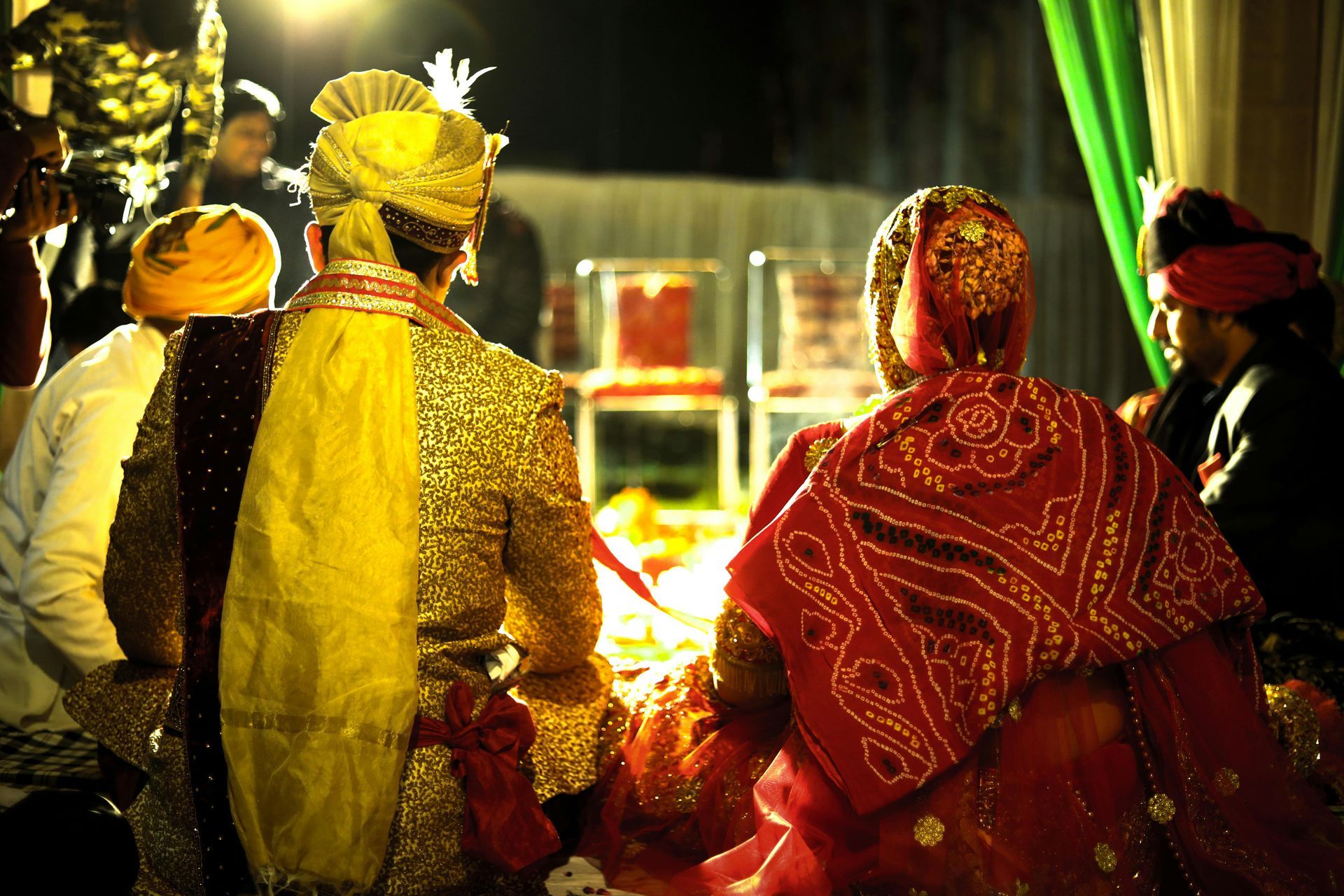
An Arranged Marriage is very traditional to India. From the US Perspective, it may have a negative connotation, portrayed as an unusual arrangement, portrayed as a relationship devoid of love, and even a forced marriage. Arranged Marriages can be conducted through parents that are familiar with one another, or through the services of a Matchmaker or Sima Taparia.
However, arranging a marriage is also not uncommon in the US. Hometowns commonly have parents know one another, and the children are invited to family gatherings and parties. A simple introduction or exchanging children's contact information can lead to dating and a marriage. The term "arranged marriage" might feel foreign in the US, but a good spouse from a good family is a good practice.
A dating period of one month or six months or 1 year might be short for some people. However, love is love, and newly webs also desire to be together. The focus of the US Government is to look for:
- the spark of love and plans/dreams to be together forever
- the absence of force or coercion between the spouses
This blog post will address how this cultural process, the arranging of marriage, is handled by USCIS and the US Immigration process.
Focus 1: Proving the Relationship
A relationship is reviewed by USCIS in the I-130 Petition of an Alien Relative. The I-130 process asks for copious amounts of evidence (a deep dive into common marital evidence one can provide can be seen here: https://www.fickeymartinezlaw.com/immigration/adjustment-of-status/bona-fide-marriage-evidence-how-many-photos-does-uscis-want-with-an-i-130-filing). However, for arranged marriages, the common documents that should be provided in the filing are:
- plane tickets to visit one another (physical presence is important)
- communication records (talking is important)
- Photos together (smiles and happiness is important)
Items like joint bank accounts, deeds together, leases together, bills together, those items are common for boyfriends and girlfriends in the US, but they can create financial stress to a young relationship. Divorce is high in the US for many factors, financial being a high factor. However, in an arranged marriage, the finances are a little removed, allowing the young couple to focus on: personality, hobbies, and dreaming of a future together. There are perks of focusing the spouses' attentions to what really matters. Evidences, such as those that focus on financial documents, are less important if they do not exist.
Focus 2: Timeline
A young relationship may only be a few weeks or a few months old at time of the arranged marriage and starting the I-130 petition. The I-130 filing does take a few months to over 1 year to process. During this processing, the relationship grows, it blossoms, love becomes deeper, dreams become reality, and a strong relationship forms.
New Marital Evidence can be supplemented and added to an I-130 filing to strengthen it before it is ever reviewed by a USCIS Officer.
Focus 3: Marriage in India
The US Embassy System does provide the following information regarding marriage in India: https://in.usembassy.gov/u-s-citizen-services/marriage/
As long as the marriage is properly recorded, the US Government generally accepts the marriage certificate for immigration purposes.
Breakdown of the CR-1/IR-1 Spousal Immigrant Process:
A Spousal Immigrant Visa can take 1 of 2 forms: CR-1 or IR-1. The difference is the length of the marriage at the time of the Visa Interview. For marriages under 2 years, a CR-1 is provided. For marriages over 2 years, an IR-1 is provided.
A CR-1 creates a 2-year Conditional Green Card, whereas the IR-1 creates a 10-year unconditional Green Card.
For arranged marriages, the CR-1 Visa is more common when the I-130 is started shortly after marriage. However, if the process does take too long, the filing would automatically change to IR-1.
What happens after a 2-year Green Card? An I-751 filing occurs, which allows USCIS to confirm the marriage was with love and allows USCIS to issue a 10-year Green Card or US Citizenship.
There are three agencies involved in the CR-1/IR-1 process:
- USCIS
- NVC
- DOS (Embassy/Consulate Division)
All three agencies serve a purpose and have particular requirements.
Most consider the process as a 2-step process, but a better Step-by-Step Process can be seen here:
Part 1 – Petition to Recognize the Relationship – Submit the I-130 Electronically
Part 2 – Waiting Period – I-130 Pending awaiting a USCIS Officer to review the filing and supporting documents
Part 3 – NVC Processing – Visa fees are paid online, DS-260 is completed, and supporting documents are uploaded.
Part 4 – Consulate Interview – NVC provides Mumbai Interview day and time, Consulate Account Registered, Medical Performed, Documents Organized, and Interview Attended.
Part 5 – Arrive in the US – Pay the Immigrant Fee, Fly to the United States, Apply/Receive US Social Security Card, and Receive a Green Card in the mail within 3 months after entry.
The Mumbai Consulate (New Dehli does not issue immigrant visas at this time) provides the following instructions for consular interviews:
https://travel.state.gov/content/travel/en/us-visas/Supplements/Supplements_by_Post/BMB-Mumbai.html
Foreign (Indian) Documents requirements can be seen here: https://travel.state.gov/content/travel/en/us-visas/Visa-Reciprocity-and-Civil-Documents-by-Country/India.html and an overall document checklist from our office can be seen here: https://www.fickeymartinezlaw.com/immigration/immigration-checklist-what-our-law-office-generally-recommends/
If you would like a consultation for your immigration filing, please contact our office to set up a consultation with our Immigration Attorney.
Disclaimer: This Blog is made available by the lawyer or law firm publisher for educational purposes only as well as to give you general information and a general understanding of the law, not to provide specific legal advice. By using this blog site you understand that there is no attorney-client relationship between you and the Blog/Web Site publisher. The Blog should not be used as a substitute for competent legal advice from a licensed professional attorney in your state.


